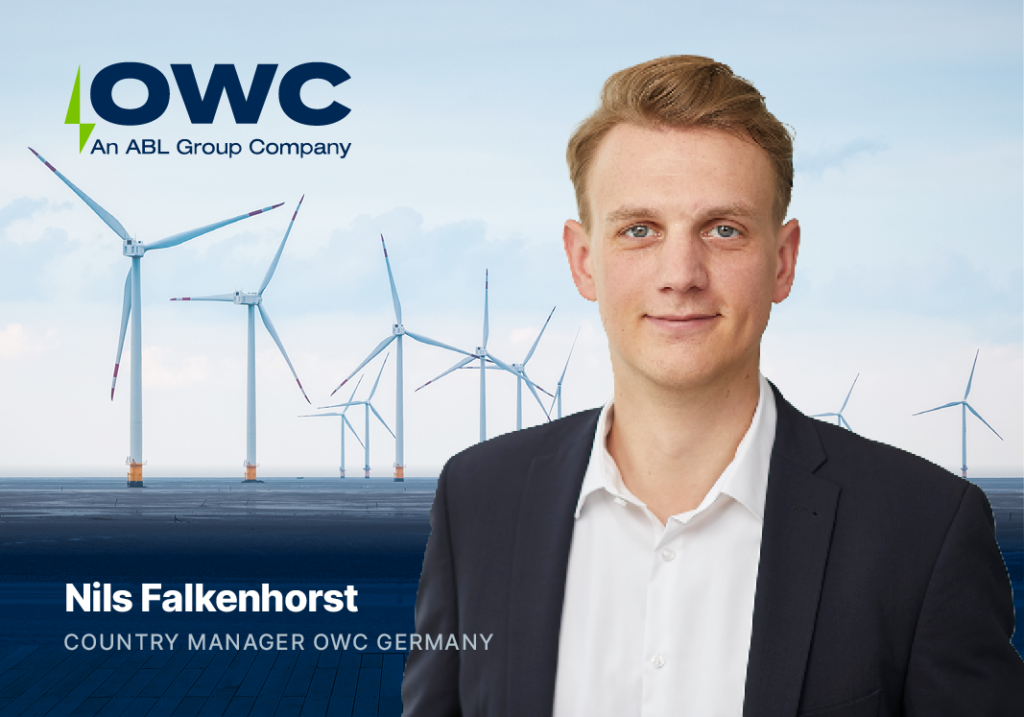From 7 to 70 GW: Germany’s Offshore Wind Market
The German government has recently announced plans to award an additional 46.6 GW of offshore wind power over the next 11 years, beginning 2023-2033.
This project will afford the industry some long-awaited continuity and security, following previously scaled-back economic support for developers and almost two years without construction on offshore projects. Further – and in order to assist with meeting its ambitious climate change targets – the government has outlined scope beyond this initial 46.6 GW, aiming to take its total offshore wind power yield from 7 to 70 GW, by 2045.
Challenges getting to 70 GW
The new governmental targets and regulatory framework will bring a renewed auction structure with two different types of sites – pre- and non-pre-investigated. The pre-investigated sites will be auctioned for premium and qualitative criteria, while the non-pre-investigated sites will be auctioned with two bid components to differentiate for multiple zero bids. The second uncapped bid component will contribute to increased electricity prices for consumers – an especially important factor in light of recent events and resulting inflation.
The steep ramp up phase of the initial 46.6 GW sites will be a challenge for the TSOs and BSH across the next decades. These installations will require TSOs to construct multiple newly designed 2 GW offshore substations to cope with the increased high-power transmission needs, for which demand is booming around the world, and resource shortages could be expected.
BSH could struggle to resource the auction of all 46.6 GW in 10 years – 60% of which will be pre-investigated/surveyed, requiring a large degree of attention by the BSH in tendering and project management. In addition, the authorities have not yet come up with a plan for repowering older OWFs, which will also require attention.
Installation of the modules could also prove problematic. The vessels needed for future WTG technologies have not yet been built, and while the transportation and installation (T&I) industry will undoubtedly adapt, the required design and construction time of vessels to meet this new demand will likely cause immediate shortages.
Neighbouring countries have similar ambitions to extend their offshore wind targets. The Netherlands and United Kingdom are both in the main wind direction of Germany, meaning their wind farms will likely cause wake effects on Germany’s that will in turn lead to reduced energy production.
Key takeaways
- Germany needs to deploy smarter electrical solutions to improve the capacity of its current electrical grid system, to cope with the vast amount of electricity which will be delivered to shore, such as: a European meshed grid, short and long-term storage near the shore, large consumers (industry) near the coast, etc.
- Not to be overlooked is the potential impact of increased offshore wind activities on fishing, naval operations, and areas of nature conservation.
- The published site development plans only account for the first 60 GW and do not project further.
- No matter the results of the next elections, the German government’s commitment to these plans means that the minimum target of 70 GW by 2045 must stand.
- A Fraunhofer Institute for Wind Energy Studies (IWES) report shows a potential capability of 82 GW in the German offshore market, so the expansion may not stop here.
Progress is being made. Despite the delays, the new government plans now hail a bright future for offshore wind in Germany, and with project scope reaching as far as 2045, this time, the changes are set to last.

OWC, provides specialist offshore wind services in Germany, including:
- Site investigation/selection for pre-investigated and not pre-investigated sites
- Cost Modelling/Levelised Cost of Electricity (LCoE)
- Auction Support
- Markets and Policy
- Technical Due Diligence
- Owners’ engineering for existing and future OWFs
